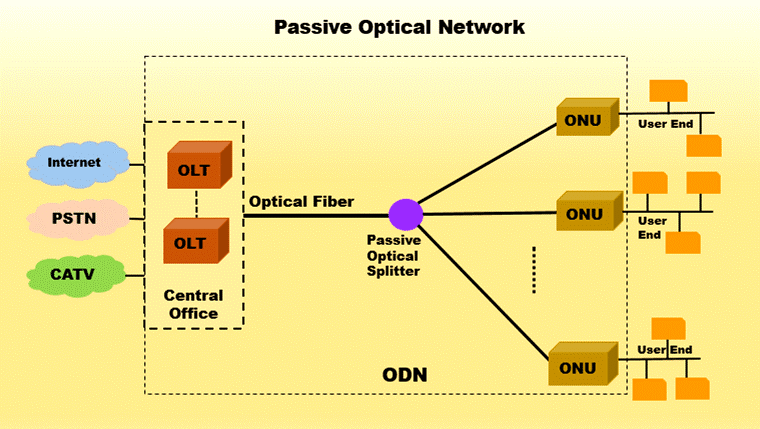Free Courses Sale ends Soon, Get It Now


Free Courses Sale ends Soon, Get It Now



Disclaimer: Copyright infringement not intended.
Context
C-DOT, the premier Telecom R&D centre of the Department of Telecommunications (DoT), Government of India and Indian Institute of Technology, Kharagpur (IIT-K) signed an agreement for ‘Developing Prototypes for 10-Gigabit-capable symmetric Passive Optical Network (i.e., XGS-PON) Optical Line Terminal (OLT) and Optical Network Unit (ONU).
Details
About Optical Networks
Architecture:
Components:
Applications:
About optical fibre cables
Construction:
Working Principle:
Types of Optical Fiber Cables:
Advantages:
Conclusion
Optical networks are the backbone of modern telecommunications, providing high-speed, reliable connectivity for a wide range of applications. By leveraging innovations in optical components, network architecture, and transmission technologies, optical networks will remain at the forefront of telecommunications infrastructure, enabling the realization of a connected and digitally empowered society.
|
PRACTICE QUESTION Q. Optical fiber cables are a cornerstone technology in modern telecommunications, offering high-speed, reliable, and secure data transmission for a wide range of applications. Comment. (15 marks) |
© 2024 iasgyan. All right reserved